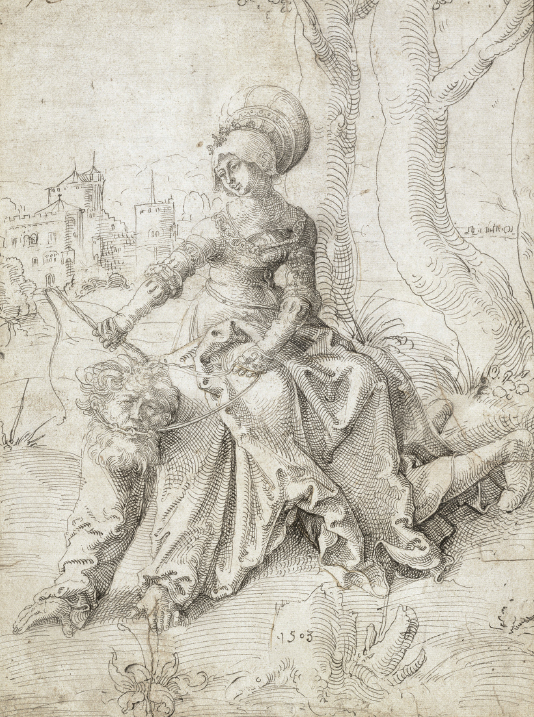Gender Roles
Renaissance people would not have understood the word gender to refer to categories of people, but they would have easily grasped the concept. Toward the end of the fourteenth century, learned men (and a few women) began what was termed the debate about women (querelle des femmes), a debate about women’s character and nature that would last for centuries. Misogynist (muh-

Beginning in the sixteenth century, the debate about women also became a debate about female rulers. This debate was sparked primarily by dynastic accidents in many countries, including Spain, England, Scotland, and France, that led to women ruling in their own right or serving as advisers to child kings. The questions were vigorously and at times viciously argued. They directly concerned the social construction of gender: could a woman’s being born into a royal family and educated to rule allow her to overcome the limitations of her sex? Should it? Or stated another way: which was (or should be) the stronger determinant of character and social role: gender or rank?
Ideas about women’s and men’s proper roles determined the actions of ordinary men and women even more forcefully. The dominant notion of the “true” man was that of the married head of household, so men whose social status and age would have normally conferred political power but who remained unmarried did not participate in politics to the same level as their married brothers. Unmarried men in Venice, for example, could not be part of the ruling council.
Women were also understood as either “married or to be married.” This meant that women’s work was not viewed as financially supporting a family — even if it did — and was valued less than men’s. If they worked for wages, and many women did, women earned about half to two-
>QUICK REVIEW
How and why did a hierarchy based on wealth emerge in fourteenth-